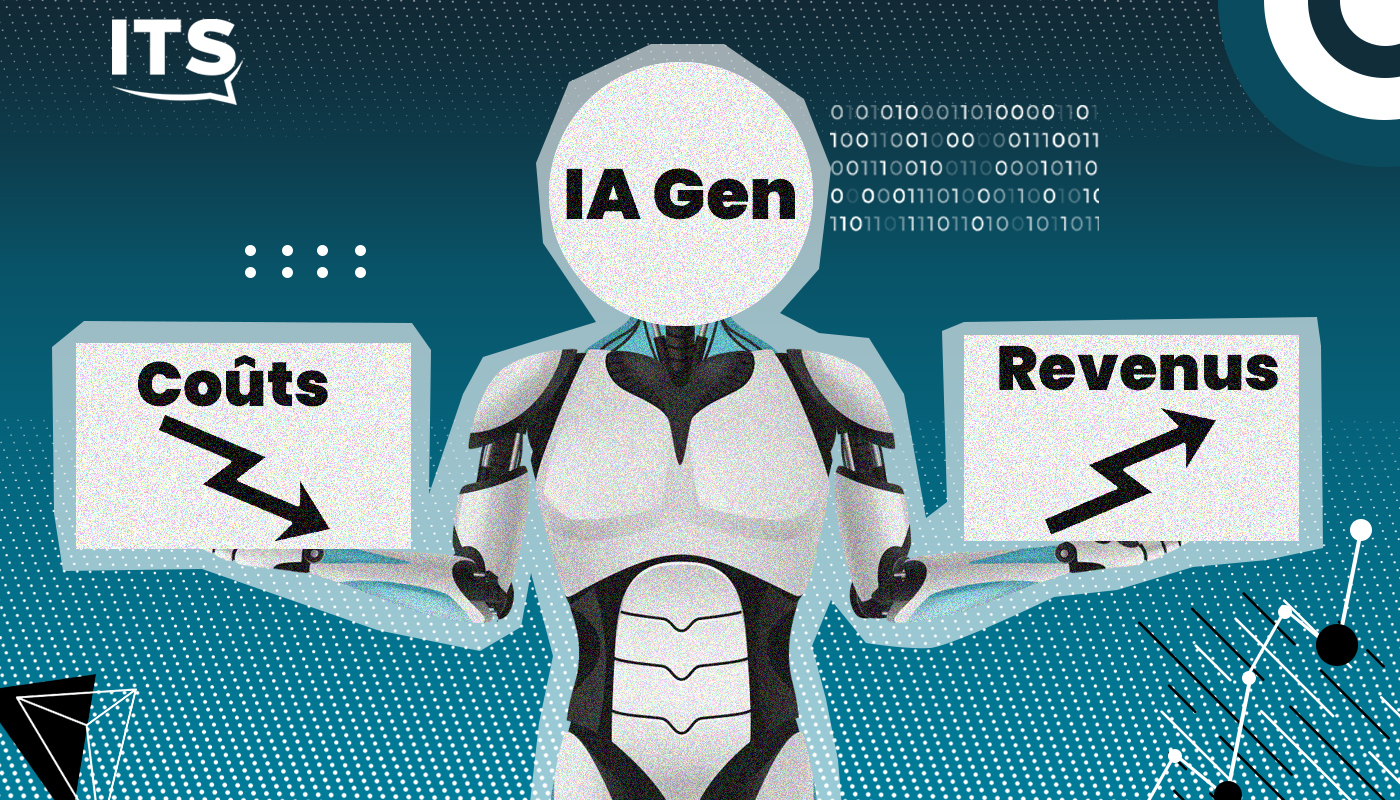As organizations continue to explore the potential of AI for innovation and value creation, the trend of AI adoption is expected to grow. Depending on the use cases, GenAI allows for either cost reductions or revenue increases.
The rapid increase in the use of generative artificial intelligence and AI technologies in general has changed the digital priorities of businesses. Advances in AI algorithms, deep learning models and computing power have enabled the rapid emergence of solutions, ranging from off-the-shelf LLM models to applications and managed services. The supplier ecosystem has grown with the arrival of new startups attracted by the growth prospects of the market.
In McKinsey’s latest global AI survey, 65% of respondents say their organization regularly uses generative AI, nearly double the percentage in the previous survey, conducted just ten months ago. Respondents’ expectations of the impact of generative AI remain as high as last year, with three-quarters predicting that generative AI will bring significant change or disruption to their industry in coming years.
GenAI, in particular, has gained popularity for its ability to generate content, provide insights and spark creativity. Various industries, such as healthcare, finance, retail and manufacturing, are leveraging AI to innovate, improve services and drive revenue. Interest in generative AI has also sparked a rush to other types of AI.
The study reveals that over the past six years, the adoption of AI by respondents’ organizations has soared by around 50%. This year, the survey reveals that the adoption rate has increased to 72% worldwide. Broken down by sector, the biggest increase in adoption is in professional services.
Depending on the case, cost reductions or additional income
According to McKinsey, “Organizations are already seeing material benefits from using generative AI, reporting both cost reductions and revenue increases in business units that deploy the technology”. In some cases, they noticed a reduction in operating costs, for example in the HR function. In other cases, it is an increase in revenue, for example in the supply chain.
The study cites some figures that give a quantified idea of the aforementioned benefits. In the HR function, companies reported cost reductions of up to
27% in 2023. According to respondents, GenAI has helped them streamline HR processes, automate repetitive tasks and improve efficiency, leading to cost reductions in this function.
By using Gen AI for tasks such as recruitment, employee engagement and performance management, organizations have been able to optimize their HR operations and allocate resources more efficiently.
Revenue increases exceeding 5% have been reported in supply chain and inventory management through generative AI. According to the study, respondents saw revenue increases of up to 35% in supply chain and inventory management in 2023.
Through predictive analytics, demand forecasting and optimization algorithms, GenAI has enabled organizations to improve their supply chain and inventory management processes.
Finally, according to the report, analytical AI enabled cost reductions in service operations. Respondents reported significant income increases in marketing and sales: between 5% and 10% for 53% of respondents.

